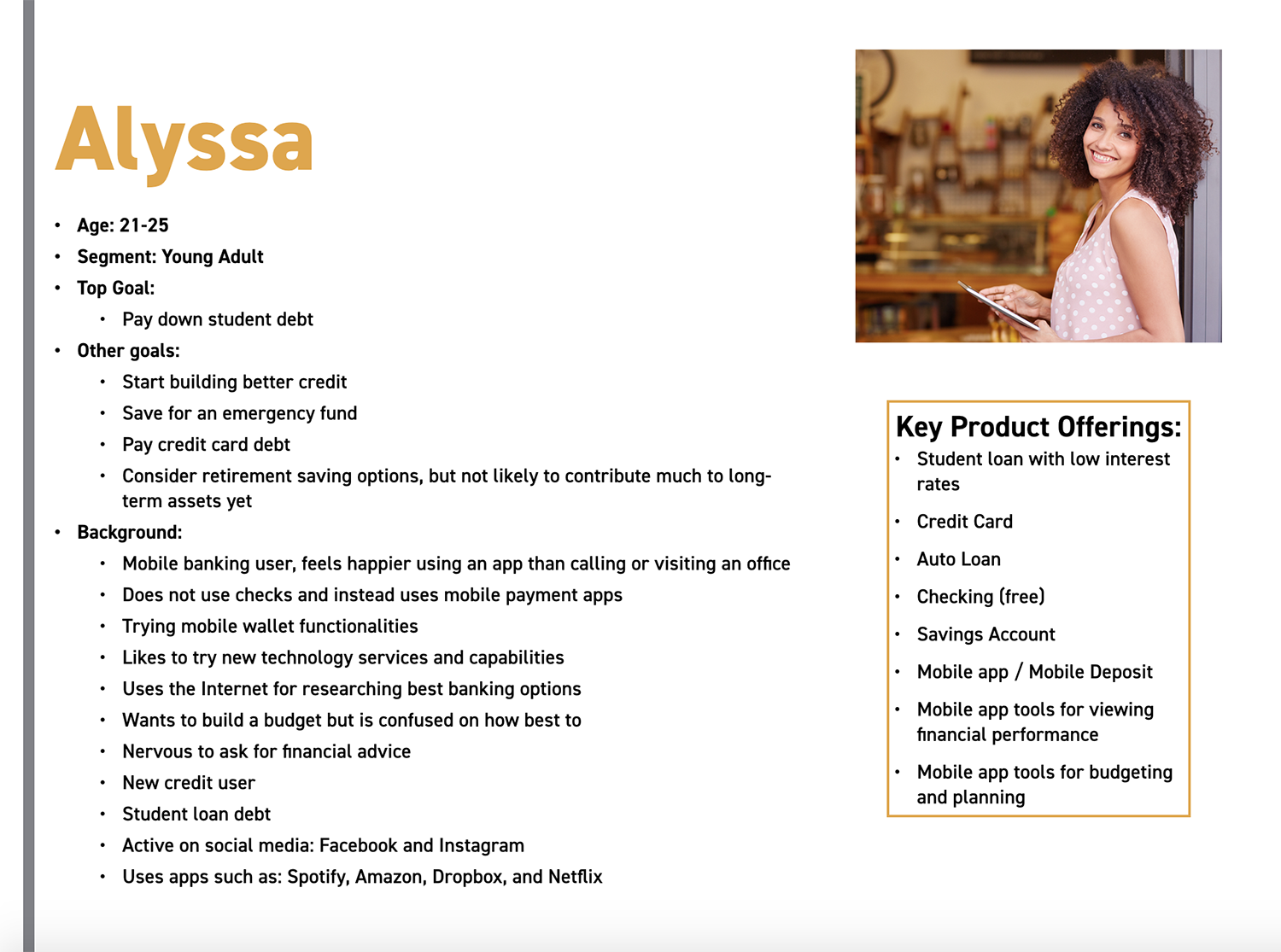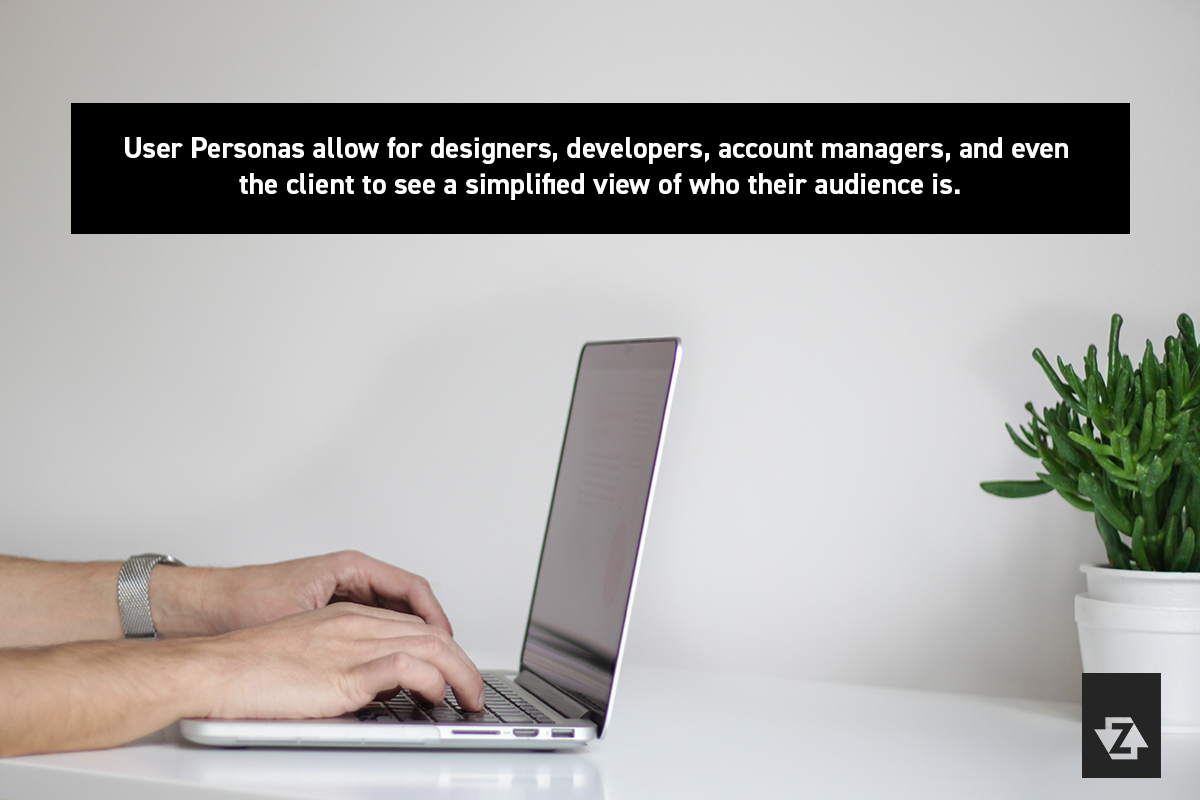
Human-Centered Design: Why User Personas are Important to Brand Development
Despite living in the “digital age,” there are still many industries and companies using outdated technologies or marketing methods. Whether it be outdated websites, a lack of e-commerce, or a lack of a social media presence, there’s a definitive need for companies, new or old, to harness the power of digital technologies to remain competitive in a time of “disruption.”
Uber and Lyft have changed the way we utilize transportation. AirBnB has changed how we use lodging services. Medium has changed the way we share news and stories. A common trait amongst these flourishing startups is the amount of research and time they invest in understanding their users and developing a platform that’s easy to understand.
Recently, I received training from IDEO, one of the top global design and consulting firms in the world (they’ve worked with brands like Google, Ford, and Apple). The training was centered on the use of human-centered design to solve real-world problems. Human-centered design is about finding data-driven solutions that start with, and end with, the experience of a human user in mind. This involves conducting research of the industry, interviewing users, tracking their behavior, and producing a solution that is aligned with those customers in mind.
In the world of digital marketing and web development, it’s imperative to empathize and understand the people engaging with your website or software. One approach is building User Personas to reference during the web and software development process.

What are User Personas?
User personas are detailed fictional generalizations as to who your users and customers are. This research allows strategists and designers to keep the user in mind when building out the interface and experience of a product (commonly referred to as User Experience / User Interface, or UX/UI). Each persona is typically one page and includes some of the following information:
- Background information such as a stock photo of a person, name, age, level of education, type of device the person is likely to use, where they might gather information, and how much time you might expect a user to spend when accessing your website.
- The motivations a user might have related to the product or service.
- Goals the user would have on the website.
How should you build User Personas?
This involves researchers segmenting the client’s previous customers, researching the industry to identify the typical customer’s attributes, and if possible, interviewing customers or people who would be using the product. Once there is enough qualitative and quantitative data available for an accurate generalization of who each user group is and how a solution makes them feel, you begin developing one-page personas for each customer group following the structure outlined in the previous section.

When should you build User Personas?
Ideally, researchers, analysts, or data scientists should be working with the development and strategy team from conception to form User Personas. For example, when tasked with building a new website for a financial institution, Zehnder conducted research and created a set of user personas to represent who the major site users would be.
One persona detailed a user in their early 20’s who was single, trying to save money for an emergency fund, was more likely to use mobile banking than a physical bank, and had some student debt. The products they were most likely to consider included a student loan, savings account, credit card, etc.
In contrast, we assembled another persona detailing a user who was in their early 50’s with a very different set of goals. This user was married, trying to pay down debt, save for retirement, had several credit lines, wanted to remodel their home, and used some mobile banking and physical banking.
As you can see, both of these personas list out a very detailed, but specific description of two major user groups that data analysts, designers, and developers need to consider when building a website or solution.
While personas are important for building digital solutions, personas are also a critical component for any successful integrated marketing campaign (blending your paid marketing, PR, and inbound efforts). Incorporating persona development into your marketing and business strategies helps segment your customers so you can better tell the story of your company’s offerings and reach more people.

Why are User Personas important?
User Personas allow for designers, developers, account managers, and even the client to see a simplified view of who their audience is. As personas are summaries of each user segment, they’re easy to read for all audiences in an organization.
During the development process, personas give designers and developers a guide to reference during the ideation, build, and test phases. Is one of your users going to become frustrated because they can’t easily navigate to a certain page? Then designers and developers need to have a menu option with this page in mind. Does the company only sell a product online? Then the conversion funnel for transactions should be easily navigable.
Personas also allow for a unique website or software specific for your business. A plethora of research suggests your website’s design could affect a user’s impression in as fast as a twentieth of a second and affect your brand’s credibility.
User personas are just one form of research you should be conducting when designing a website and research shouldn’t stop there. There are a variety of other research tests you can accomplish before launching a website or testing on an ongoing basis including usability testing, behavioral tracking, or sentiment analysis. Websites that keep users in mind are more likely to increase the performance of various web KPIs, improve your Search Engine Optimization Score (or SEO; this is the “score” search engines assign websites when determining a search result list) and boost an organization’s revenue.
If you’d like help building user personas or are considering a redesign of your website to help your business, please contact contact Jennifer Boneno at (225) 448-0756.






